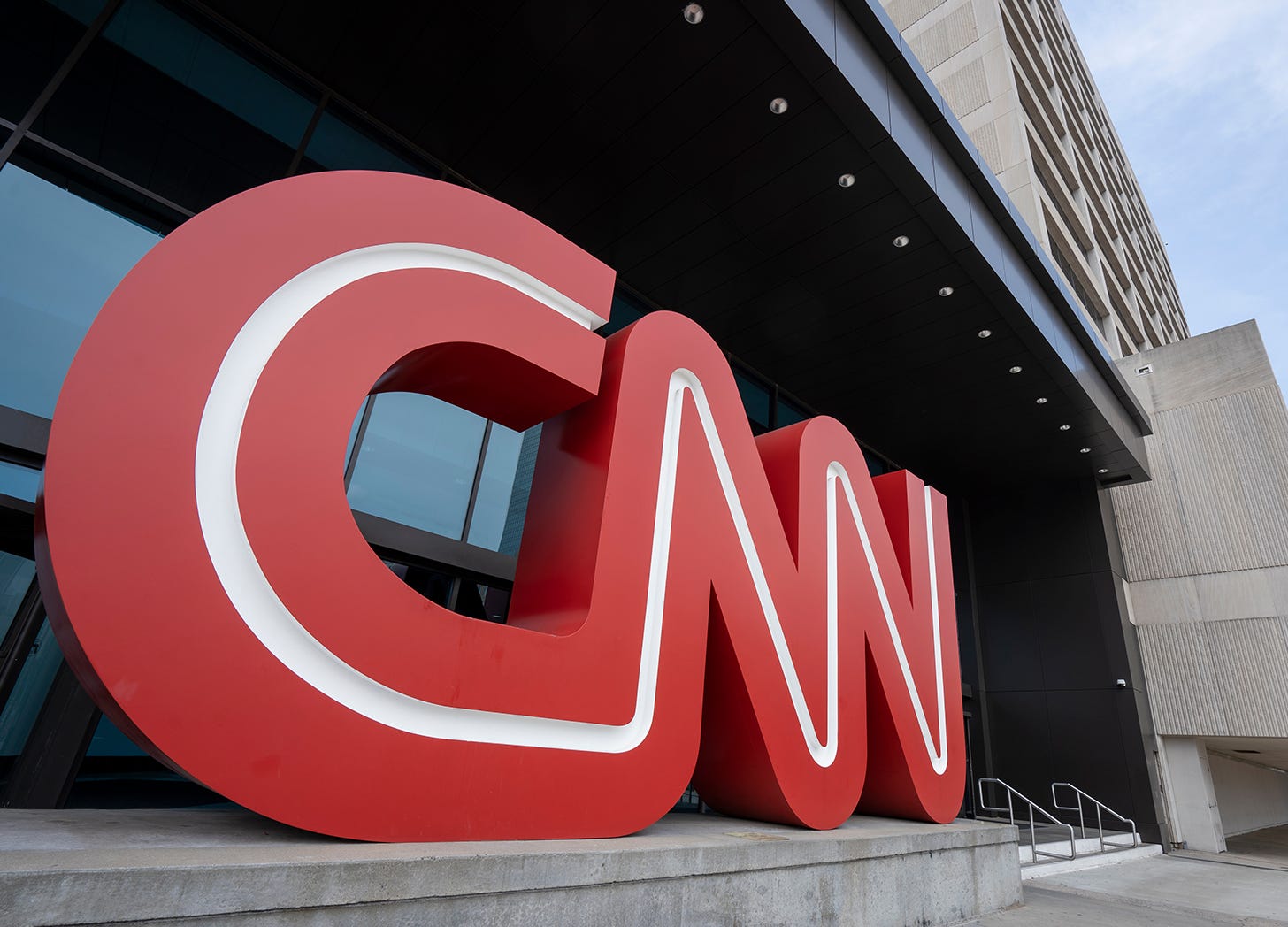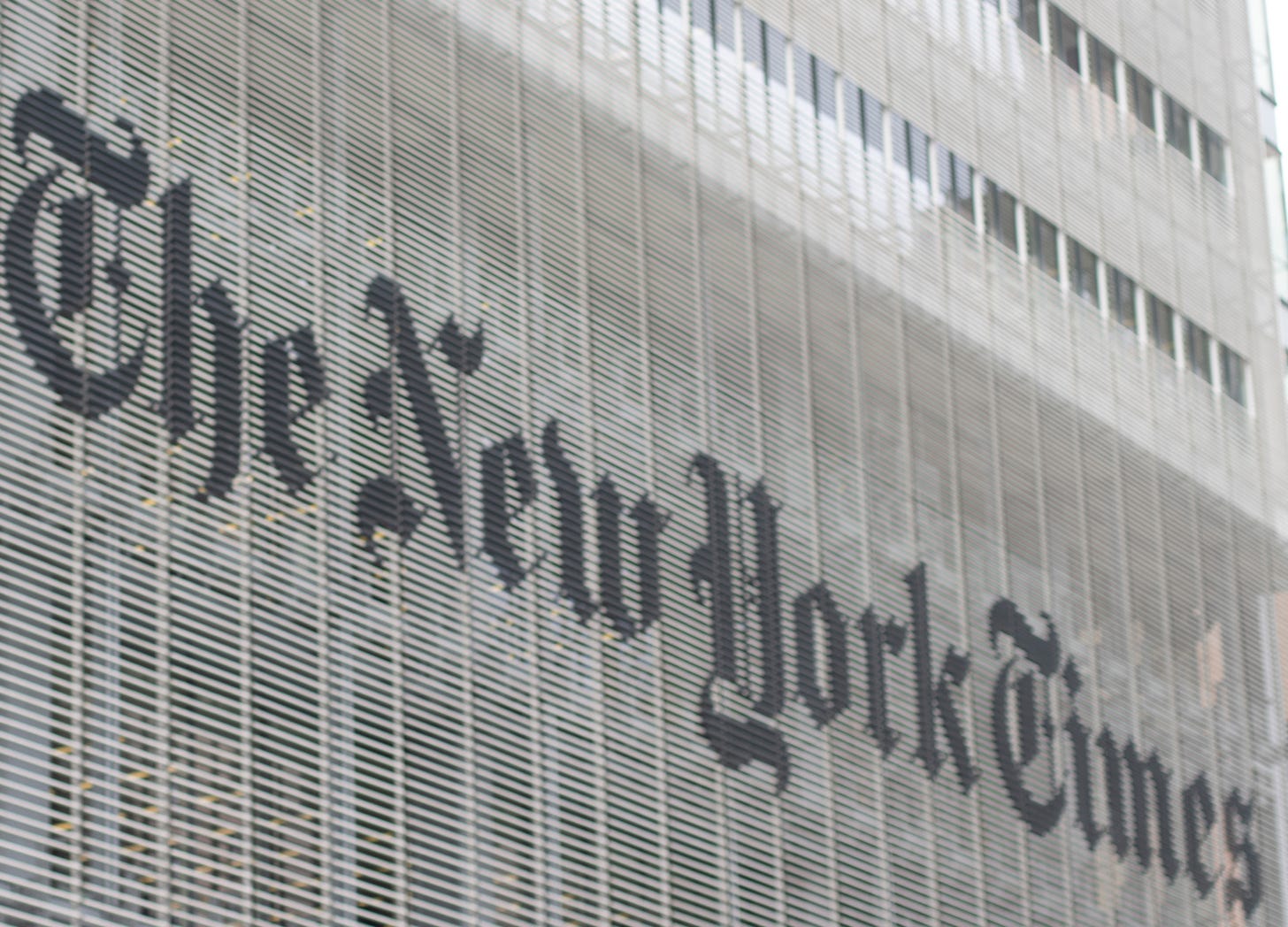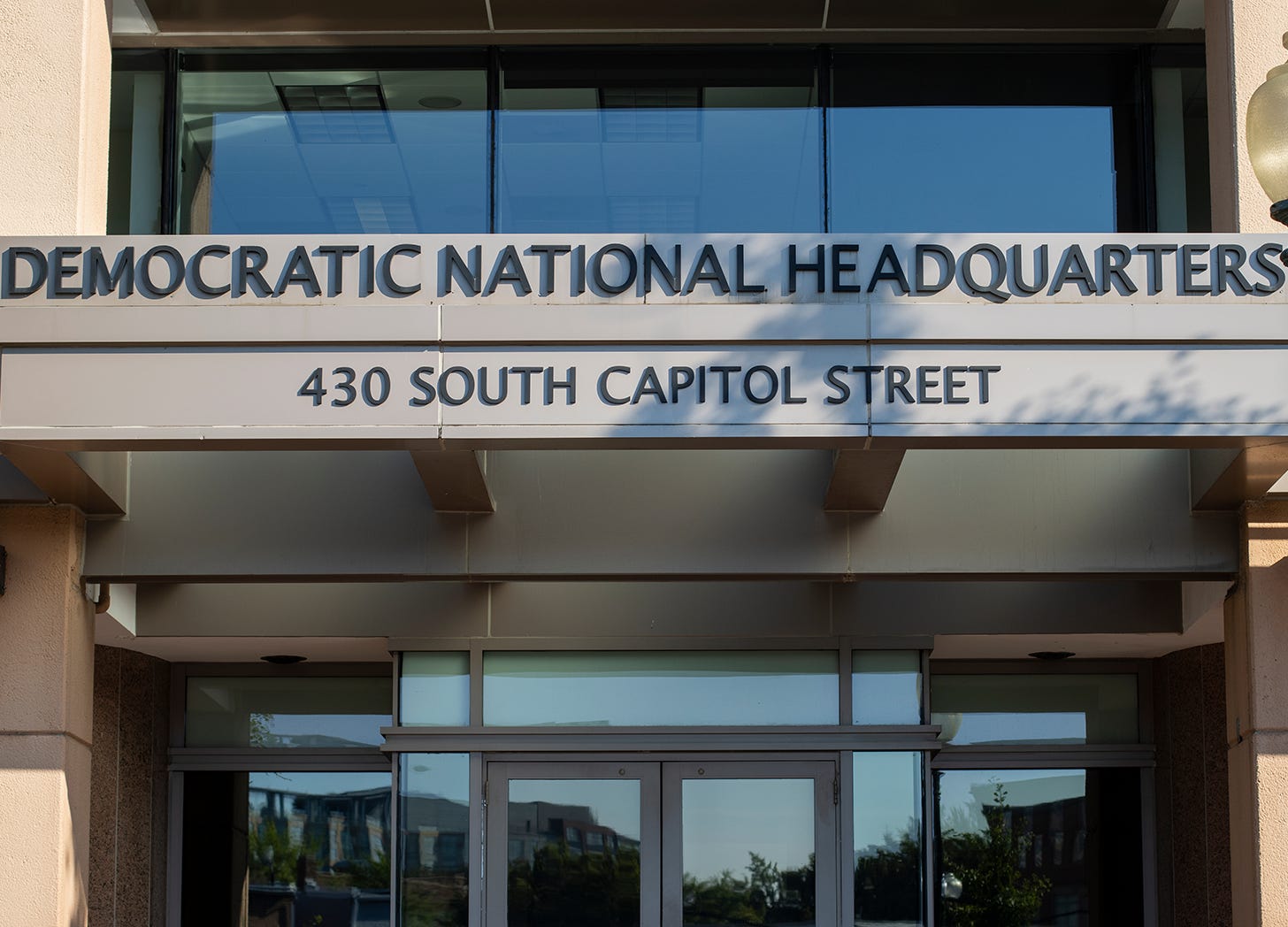Whitewashed: A Brief History of Black-on-White Crime
What White Privilege Looks Like When You're Dead
By the standards of contemporary media coverage, not all victims are created equal—just ask Austin Metcalf. Some lives, apparently, are more valuable than others—at least when filtered through the ideological lens of today’s corporate press. And as for "White privilege"? If you're a White teenager brutally stabbed to death in public and your story barely registers beyond the county line, it might be time to revisit what that term really means.
This isn't just media bias. It’s narrative triage. The modern newsroom doesn’t ask: “What happened?” It asks: “Does this help us push The Story?” And The Story, of course, is that Black people are always victims, White people are usually the threat, and justice is a one-way street.
That truth is not the product of conspiracy theories or fringe media—it’s a demonstrable reality, especially when one looks at which stories get national headlines, which go viral, and which are promptly buried with the rest of the inconvenient statistics.
This became painfully clear on April 2, 2025, when 17-year-old Austin Metcalf was fatally stabbed in broad daylight during a high school track meet in Frisco, Texas. Austin, a White student with a 4.0 GPA and a promising athletic career, was killed by another 17-year-old student, a Black male, allegedly over something as trivial as a seat or phone.
The crime was brutal. Witnesses were present. The community was shattered. His twin brother sobbed on camera in footage that should have made every news anchor pause. But it didn’t. Outside of local coverage and a few conservative media outlets, the story has barely begun to travel.
White suspect, Black victim? The suspect's race is almost always mentioned, usually early in the article, and often paired with a mugshot or social media photo that frames them as aggressive, racist, or hateful.
Black suspect, White victim? Race is rarely mentioned, and the story tends to avoid framing it as part of a broader trend or issue. If a photo is used, it’s often neutral or even sympathetic.
There was no national outcry, no analysis on MSNBC, no tearful panels, no Twitter campaigns, no calls from politicians, and no mention from the President.
Meanwhile, if the racial dynamics had been reversed, the headlines would have written themselves.
This isn’t just theoretical—it’s happening right now, in real-time. The disparity in media amplification isn’t the result of oversight. It’s the result of an ideological filter that determines which stories are politically useful and which are not.
Racial Asymmetry in Media Coverage
If you wish to understand the disparity in media response, compare the treatment of Austin Metcalf’s case to that of Trayvon Martin, Ahmaud Arbery, or George Floyd. In each of those instances, the race of the victim and the race of the alleged perpetrator were central to the narrative. The media did not simply report the crime—they framed it as a national reckoning.
Take Trayvon Martin. Within days, the press labeled George Zimmerman as a "white Hispanic" and Martin as an unarmed Black teen. MSNBC aired wall-to-wall coverage. President Obama weighed in: “If I had a son, he’d look like Trayvon.” Protests followed.
Ahmaud Arbery’s case was largely ignored until the video of his killing emerged two months later—then it exploded. ABC News ran headlines like, “Father and son charged with murder of unarmed Black man Ahmaud Arbery in Georgia.” The McMichaels’ race was front and center.
Imagine two neighborhoods:
One has 197 people (Whites).
One has 45 people (Blacks).
Now imagine this:
People from the smaller neighborhood attacked people from the larger one 480 times.
People from the larger neighborhood attacked the smaller one only 106 times.
Even though the larger group is more than 4x bigger, the smaller group was responsible for most of the cross-group violence.
George Floyd’s death was a global phenomenon within 24 hours. CNN’s headline: “Outrage grows after video shows Minneapolis police officer kneeling on handcuffed Black man who later died.” His name became a hashtag, a mural, a movement.
Now contrast that with Austin Metcalf. CBS Texas reported a “track meet stabbing” and a “student-athlete dead.” No mention of race. No suspect photos on national broadcasts. No panel debates. No “systemic” anything.
Even as videos are circulating online—his grieving twin brother sobbing on camera, the suspect’s social media photos with firearms—the media so far refuses to elevate the story. There were no op-eds in the New York Times. No MSNBC segments. No presidential comment. No outrage.
The glaring inconsistency tells us more about the agenda of our media elites than about the incident itself. This is not journalism. It is narrative management.
The Numbers That Never Get Air Time
The narrative we’re fed daily—on television, in classrooms, and across corporate statements—is that Black Americans are under relentless assault from a racially unjust system, with White aggressors lurking behind every police badge and neighborhood corner. But that story doesn’t hold up against the numbers. In fact, the numbers shatter it.
According to the Bureau of Justice Statistics 2021 National Crime Victimization Survey:
There were 480,030 violent crimes where Black offenders targeted White victims.
There were 106,460 violent crimes where White offenders targeted Black victims.
The White population in the U.S. is roughly 4.3 times larger than the Black population. So when adjusted for population size:
Black-on-White crime occurs at 1,067 incidents per 100,000 Black individuals.
White-on-Black crime occurs at 54 incidents per 100,000 White individuals.
That’s nearly a 20-to-1 ratio. And yet—this reality is virtually absent from mainstream media reporting.
The discrepancy continues in homicide data. According to the FBI (2021):
566 White victims were murdered by Black offenders.
447 Black victims were murdered by White offenders.
Again: Black offenders kill more White victims in raw numbers—despite Whites making up over 58% of the U.S. population and Blacks just 13%. In per-capita terms, the disparity grows even more stark.
So why don’t you see these stats on CNN? Why aren’t they plastered on New York Times op-ed pages or presented in viral video essays from progressive think tanks?
Because the media’s job is no longer to inform—it is to reaffirm.
Acknowledging the actual data would collapse the carefully curated framework of systemic oppression that justifies so many political initiatives, activist careers, and emotionally charged election campaigns. These numbers are radioactive not because they’re wrong but because they’re right—and incompatible with the narrative.
So they’re buried. Erased. Or worse, dismissed as dangerous or “problematic.”
But reality doesn’t go away just because elites refuse to acknowledge it. It waits. And in that silence, trust dies.
Narratives as Political Instruments
The selective outrage we see is not driven by compassion. It is driven by ideology. When a Black individual is harmed by a White one—especially in law enforcement or high-profile civilian contexts—it becomes an opportunity for moral instruction, societal rebuke, and for political mobilization. But when the victim is White and the perpetrator is Black, the story is recast as an isolated incident devoid of context or consequence.
This double standard corrupts not only journalism but public discourse. When people cannot trust the press to apply the same standard to all cases, resentment festers. When crimes are politicized, justice becomes secondary to optics. We are no longer judging actions—we are judging identities.
In a society where justice is supposed to be blind, this is a dangerous development.
The Machinery of Amplification
A perfect recent example of this manipulation-by-omission comes from an incident just weeks before Austin Metcalf’s murder. During a high school track meet in Virginia, a Black female athlete struck another Black female competitor in the head with a baton, sending her to the hospital with a concussion and possible skull fracture. The incident was caught on video and widely circulated.
Media outlets reported the attack but rarely mentioned race—despite including statements from the NAACP, which publicly defended the assailant and decried the legal response as unfair. Readers unfamiliar with the case were left to assume the story had a racial component. And that was the point.
By inserting the NAACP into the coverage without clarifying that both girls were Black, the media allowed a racial frame to hang in the air, implied but unstated. No explanation was needed. The very presence of a racial advocacy group created the illusion of injustice—when in fact, there was no racial dynamic at all.
This is how narrative framing works today: not always through outright lies but through selective detail, careful omission, and ideological implication. Some stories are like matches—they need a spark. Others come preloaded with gasoline. George Floyd’s death didn’t just go viral. It was launched. Within 24 hours of the video’s release, news outlets were airing it non-stop. CNN was coordinating panel discussions. Celebrities, brands, and corporations mobilized instantly. Protesters filled the streets before most people even knew the facts.
This wasn’t accidental. Black Lives Matter had already built the ideological and media infrastructure. Progressive nonprofits were ready. Editorial boards had already bought into the framework of systemic racism, and their reporters were trained to look for—and amplify—stories that supported it.
That is how certain cases become movements. Not because they are more tragic than others but because they are more politically convenient. Because they serve a purpose.
Meanwhile, Austin Metcalf’s story wasn’t useful. There was no villain to rail against that fit the script. No policy demand to piggyback on. No narrative of racial oppression to thread through the coverage. So so far, his death—vicious and shocking as it was—hasn’t been given its “moment.”
Instead, what has emerged so far is a slow, reluctant trickle of local news. No front pages. No national roundtables. No White House mentions. And no coordinated public mourning. The machinery didn’t break. It just wasn’t turned on.
This is how narrative control works: not through censorship but through prioritization. Not by what is said but by what is ignored.
Fear as a Tool of Control
If you want to control people, you don’t need to censor them—you just need to keep them distracted, angry, and afraid. That’s the playbook. And the media has become an expert at it.
The constant drumbeat of racial crisis has less to do with uplifting Black Americans than it does with keeping them—and everyone else—emotionally primed. A fearful person is easier to manage, more likely to comply, and far less likely to ask difficult questions.
That’s why every year, Americans are told that they live in the shadow of White supremacy. That women are one election away from losing all autonomy. That LGBTQ+ citizens are in constant danger. That Muslims are hated. That America is still systemically evil.
These narratives aren’t just unbalanced—they’re strategic. A society whipped into perpetual outrage and fear becomes divided, distracted, and politically compliant.
If you’re Black, you’re told that Republicans want to throw you back into Jim Crow. If you’re a woman, you’re told conservatives want to turn you into a handmaid. If you’re gay, you’re told every new bill is an existential threat. The more you feel targeted, the more you vote not out of hope—but out of panic.
It’s not about progress. It’s about power.
Austin Metcalf’s death doesn’t serve this model. It doesn’t generate fear among the right groups, reinforce the correct villains, or move the needle for the people who fund, shape, and deliver the daily dose of narratives.
So instead of fear, you get a void. And into that void, truth disappears.
The Media's Role in a Democratic Society
In previous eras, the Democratic Party relied on overt force—sometimes through institutions as vile as the Ku Klux Klan—to achieve its political ends. Today, force has been replaced with narrative. The cudgel is no longer physical violence but cultural intimidation.
Austin Metcalf’s case has been acknowledged by a handful of conservative voices on platforms like X (formerly Twitter). Videos of his grieving brother have circulated. But there have been no prime-time specials, no investigative deep dives, and no late-night condemnations.
The silence is not neutral. It is strategic. In a world where every tragedy is either a symbol or a non-event, the absence of coverage is itself a kind of editorial.
When Silence Is the Story
When a society allows the truth to become negotiable, it loses its moral compass. When justice is filtered through the lens of ideology, it ceases to be justice. And when only certain victims are allowed to matter, then no one’s life is truly sacred.
Austin Metcalf’s death matters. But what might matter even more—what may have longer-term consequences—is what still hasn’t happened in the days since. No saturation coverage. No national conversation. No investigative exposé. Just a quiet burial in the news cycle.
And that void—that orchestrated omission—is a statement. Not an accidental oversight but a deliberate editorial choice that tells you exactly which stories our cultural gatekeepers find inconvenient.
If justice depends on who you are rather than what was done, then justice is no longer blind—it’s partisan. And when a nation stops caring about truth across the board, it’s not just the forgotten victims who lose. We all do.
Because once we accept silence as standard, we lower the bar for what we tolerate next.
Austin Metcalf’s life was worth mourning. His death was worth national attention. And the refusal to grant it either is worth remembering every time someone tells you we’re having an honest conversation about race in America.
Subscribe for more essays on culture, politics, and the cost of selective truth.





